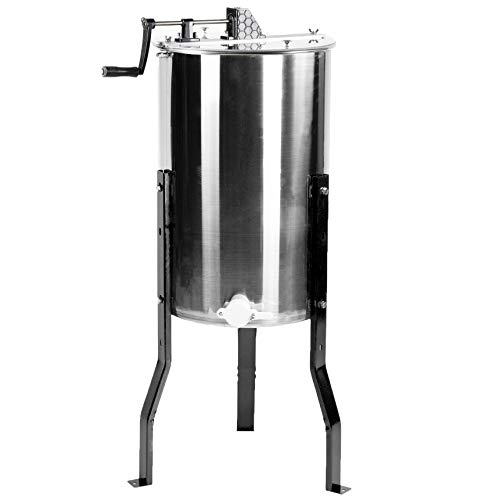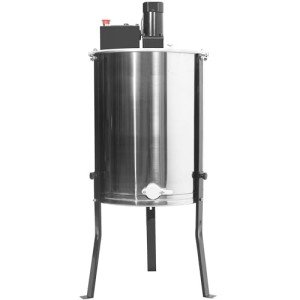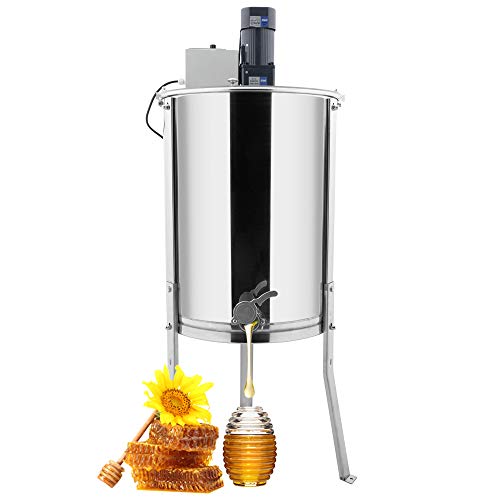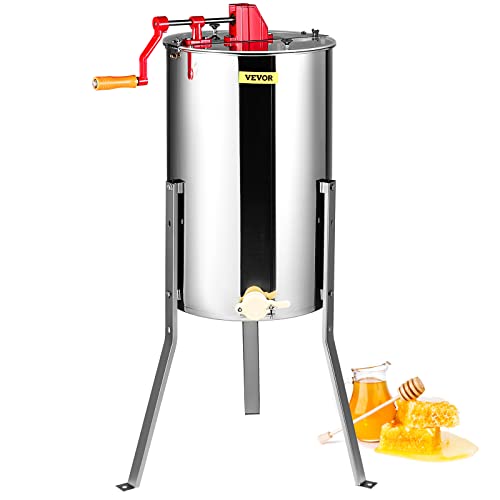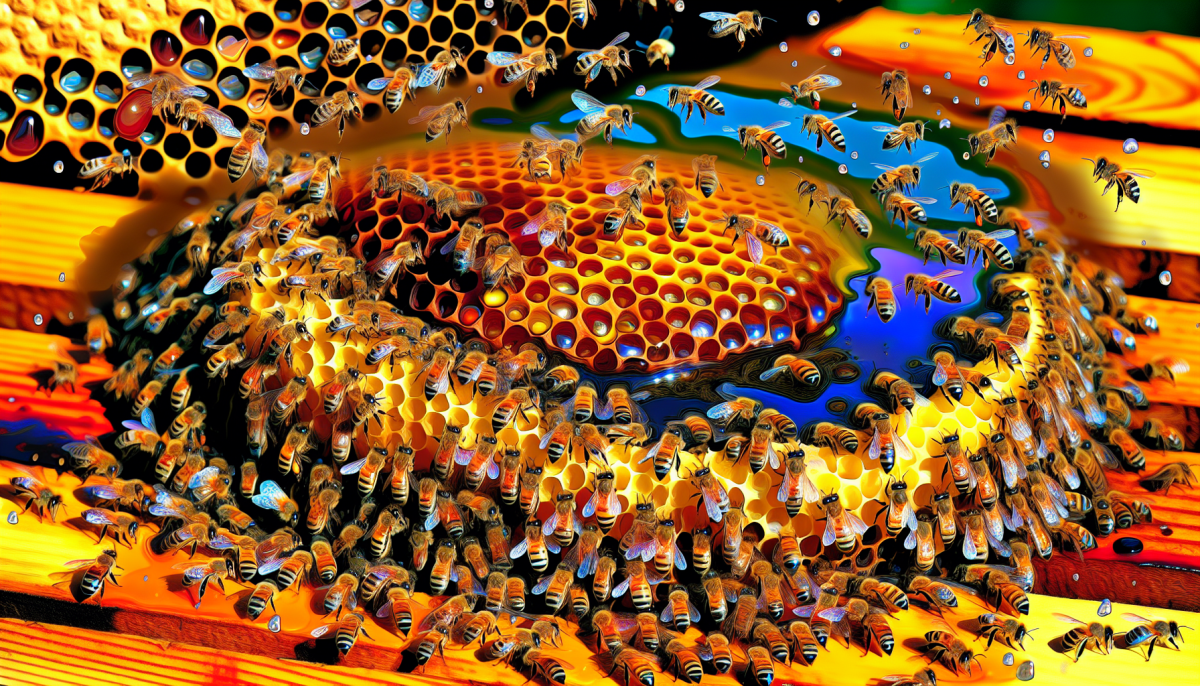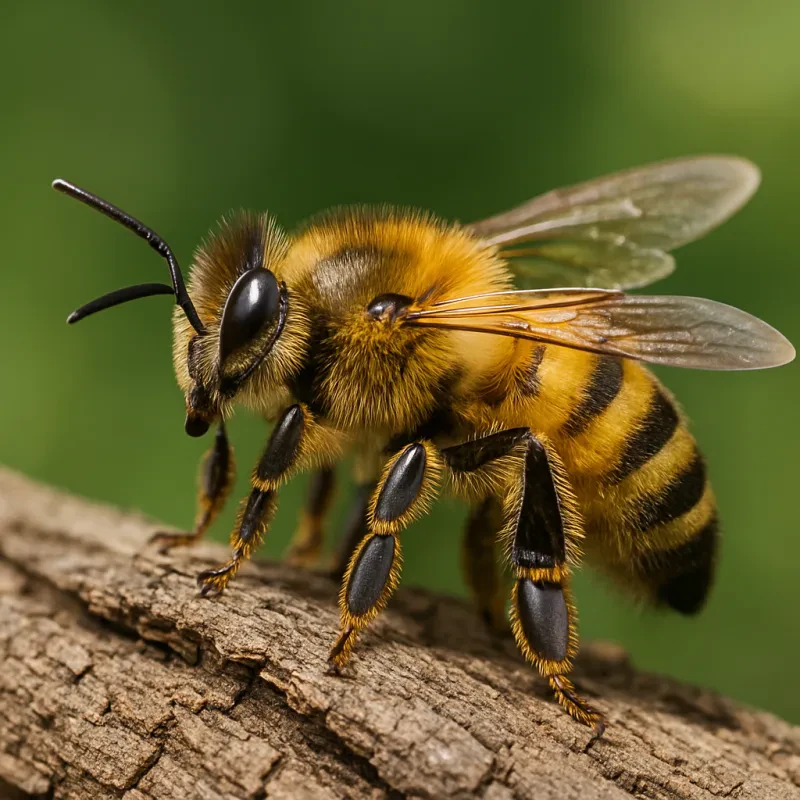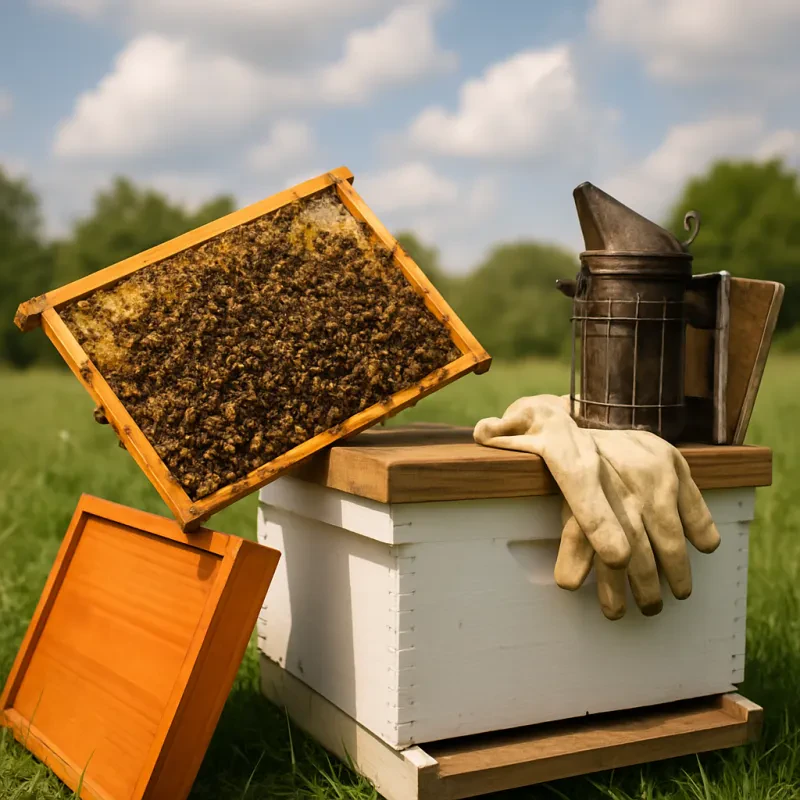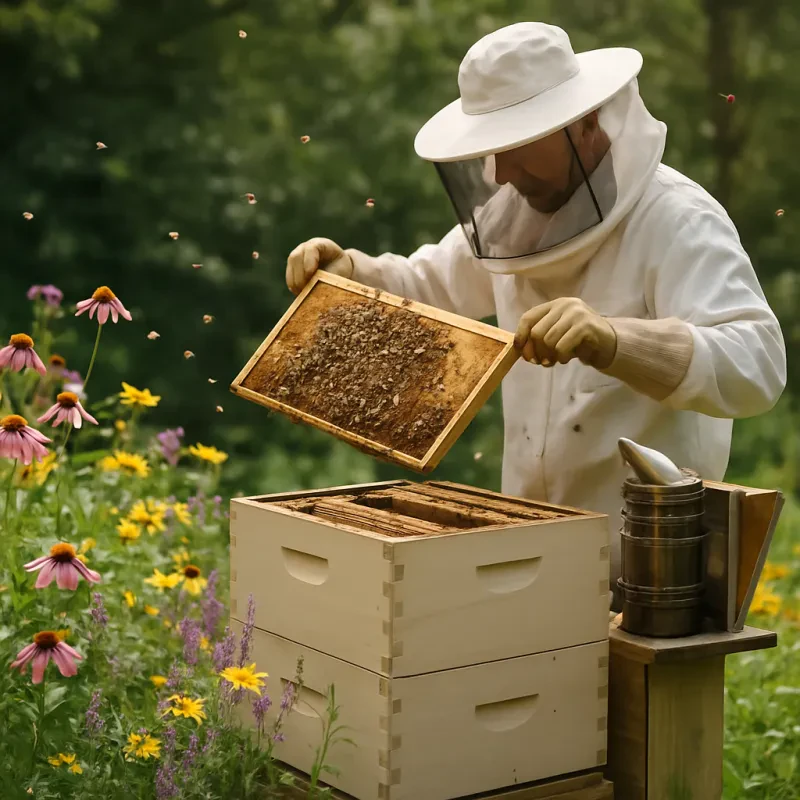When we think about beehives, we often picture the busy buzz of bees working together to create delicious honey. But understanding the structure of a beehive is crucial for grasping how honey production happens. A beehive consists of various parts, each playing a vital role in the life of the colony and the production of honey.
The main components of a beehive include the brood chamber, honey supers, and the frames inside. The brood chamber is where the queen bee lays her eggs, and the worker bees take care of the larvae. This area is essential for the colony's growth and survival. The honey supers, on the other hand, are the parts of the hive where bees store honey. These supers are placed above the brood chamber and are usually filled with frames that the bees draw out with wax to hold the honey.
Hive structure is not just about storage; it also influences how much honey does a beehive produce. A healthy, well-organized hive with enough space and proper management can yield significant amounts of honey during the nectar flow season. It is interesting to note that the amount of honey produced can vary based on several factors, including the type of flowers available, the strength of the bee colony, and the weather conditions.
Each beehive can support a busy community of thousands of bees, and their cooperation is key to maximizing honey output. By understanding the delicate balance of the beehive structure, beekeepers can encourage their bees to work more efficiently, leading to a bounty of sweet honey for everyone to enjoy!
The Role of Worker Bees
Worker bees are the heart and soul of any beehive. These busy little creatures are responsible for most of the tasks that keep the hive running smoothly. Their roles vary throughout their short lifespan, which usually lasts about six weeks during the busy summer months. From foraging for nectar to caring for the queen, worker bees play a crucial part in honey production.
One of the primary jobs of worker bees is to gather nectar from flowers. They use their long tongue to sip the sugary liquid and store it in a special stomach called the "honey stomach." Once back at the hive, they pass the nectar to other worker bees, who chew it and mix it with enzymes. This process transforms nectar into honey, which is rich in sugars and perfect for feeding the colony. So, how much honey does a beehive produce in a season? It can vary significantly, but a healthy hive can produce anywhere between 20 to 60 pounds of honey if conditions are just right.
In addition to foraging, worker bees also take care of the hive's young. They are responsible for feeding larvae and maintaining the brood area, ensuring that the next generation of bees is well-cared for. Worker bees also clean the hive and regulate its temperature by creating airflow with their wings. This attention to detail allows the hive to thrive and ultimately increases honey production.
Another vital function of worker bees is guarding the hive from predators. They’re equipped with stingers and will bravely defend their colony if they sense danger. This protection helps maintain a healthy environment where bees can safely continue their work, contributing to the overall honey yield. Without the tireless efforts of worker bees, beehive honey production would dwindle, affecting not only the bees but also the ecosystem that relies on their pollination services.
Harvesting Honey Efficiently
Before you begin the harvesting process, make sure to check if the bees have enough honey stored for their own needs, especially before winter sets in. A good rule of thumb is to leave around 20% of the honey in the hive for the bees. When you’re ready to start, it’s crucial to work during the warmest part of the day when bees are less active, making it easier for you to collect the honey without disturbing them too much.
Using a smoker is highly recommended during the harvest. The smoke calms the bees and distracts them, reducing the chances of being stung. Once you have the frames removed from the beehive, you can use tools like an uncapping knife to remove the wax caps from the honey cells. This process allows you to extract the honey using either a manual or electric honey extractor, which spins the frames to pull the honey out.
After extraction, filtering the honey is crucial to remove any large wax particles and debris. Once filtered, the honey can be bottled or stored in a clean container. Remember to label your jars with the date and any relevant details about the honey, such as the type of flowers the bees visited.
Ensuring Quality and Purity
One of the first steps in ensuring quality honey is to keep the beehives clean and well-maintained. Regular inspections help beekeepers spot any signs of disease or pests early on. Treating these issues promptly can make a significant difference in the health of the colony. Healthy bees are more productive, which means they can produce more honey. A single beehive can produce anywhere from 20 to 100 pounds of honey in a year, depending on how well it is cared for.
Another important aspect of honey quality is the nectar source. Bees collect nectar from various flowers, and each type of nectar gives honey its unique flavor and color. Beekeepers often place their hives near diverse flowering plants. This not only benefits the bees but also contributes to producing high-quality honey. The more diverse the nectar sources, the richer the honey's flavor profile will be. This is why honey from a beehive can taste different based on the location and time of year.
Finally, proper harvesting and storage techniques play a vital role in maintaining honey purity. Beekeepers should ensure that honey is extracted in a way that keeps it as natural as possible. This means avoiding excessive heating or filtering that could strip the honey of its beneficial properties. Once harvested, honey should be stored in clean, airtight containers to prevent contamination. These practices help preserve the honey's quality, ensuring that customers enjoy a pure and delicious product.
